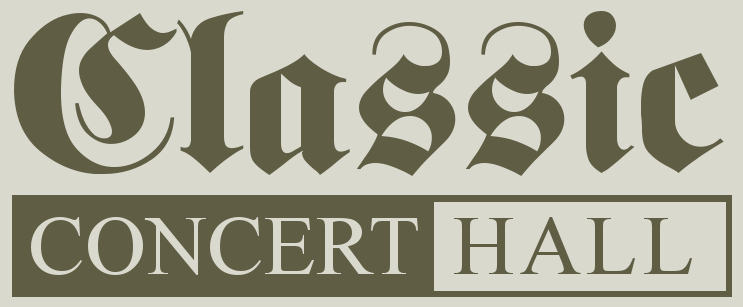Fantasmagorie (French) meaning: a shifting series of phantasms, illusions, or deceptive appearances, as in a dream or as created by the imagination. A changing scene made up of many elements. A good choice for All Hallows’ Eve!
Published by Universal Edition (Vienna) in 1980, as one of four pieces for organ; De Jules Lemaître, Chant donné, Andante and Fantasmagorie.
Each of the three staves has its own key signature, right hand - three sharps, left hand - five flats and the pedal - three flats. It also requires a 16’ Bourdon in the right hand, 4’ flute and Nazard stops in the left which are coupled down to the pedal. It is easy to lose one’s way with this topsy-turvy arrangement! This early experiment with bitonality produced an amusing piece, well-liked by audiences and often partnered with Litanies which was earlier given the title Supplications.
Written at the head of the manuscript (Ms.N6.16):
‘Les meilleurs fragments ont été utilisées dans la pièce d’ orgue Supplications.’
(The best fragments were used in the organ piece Supplications.)
‘Joues à l’endroit marqué sur le clavier sans s’occuper de la hauteur du son.’
(Play at the marked location on the keyboard without worrying about the pitch of sound.)
The piece Supplications had not yet been given its final title of Litanies. Alain wrote Fantasmagorie during the 1935 Easter holiday period while with the family at the chalet in Argentières. Measures 25 – 32 and 41 – 46 are les meilleurs fragments which would develop into one of the repetitive sections built into Litanies.
‘Marie-Claire Alain played this piece from memory for Richard Travis Bouchett in September 1969, and she explained that her brother had taken material from the piece and had transformed it into material used in Litanies.’
(Mark Weston, "Jehan Alain: Selected Organ Works" (1978). Theses and Dissertations. 2538.
https://commons.und.edu/theses/2538)



